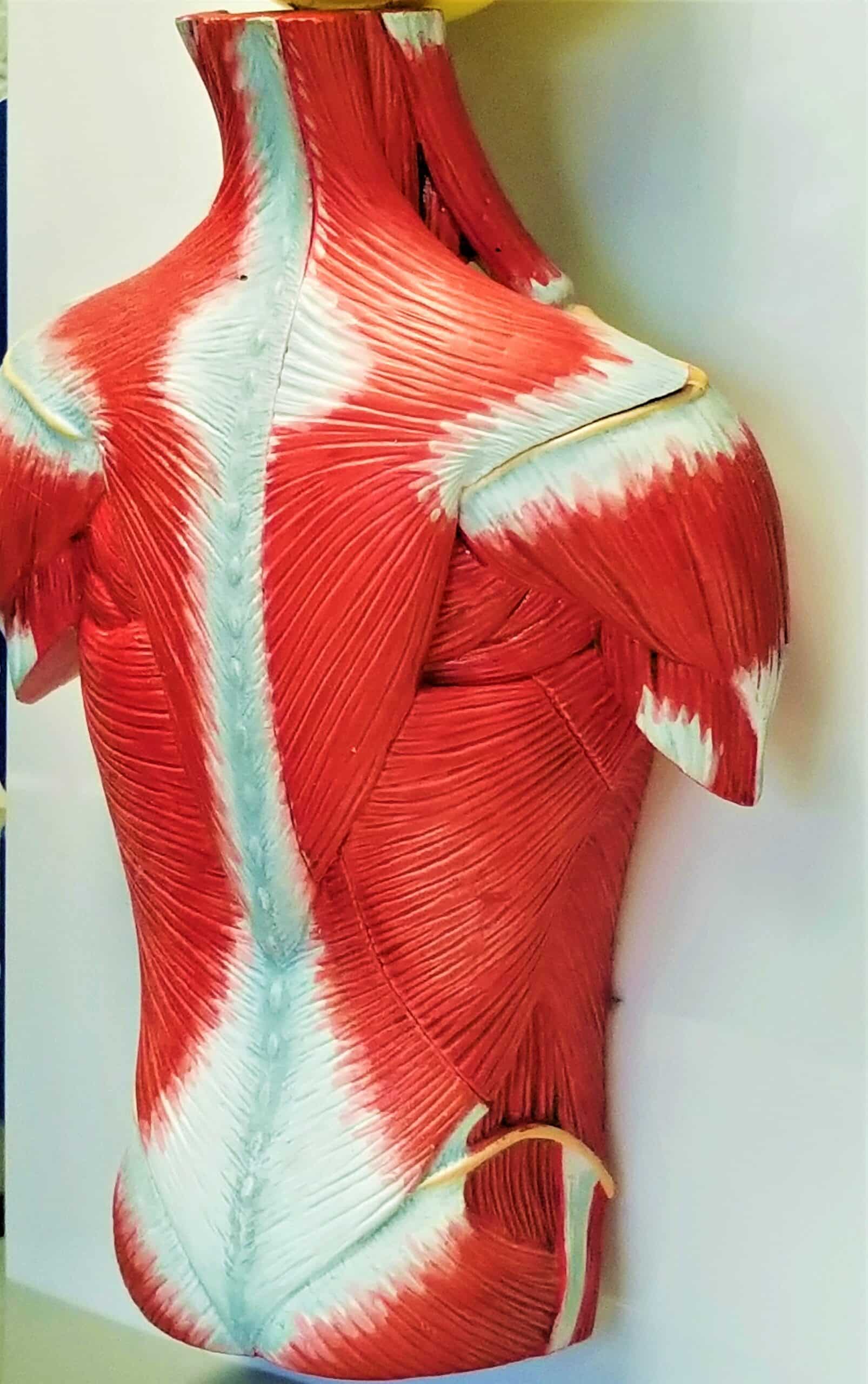Muscles are a fascinating and complex system that keep our body in motion. A deeper understanding of the structure of the muscle is crucial to better understand how muscles work. In this blog post, we take a detailed look at the structure of muscles, the mechanisms of contraction and the different types of muscles. Discover how this knowledge can help you optimize your training and increase physical performance.
Structure of the muscle: from fiber to filament
A muscle consists of many fiber bundles, which in turn enclose individual muscle fibers. These muscle fibers are made up of numerous myofibrils, which consist of the two proteins actin and myosin. These filaments are connected to each other at the so-called Z-discs and play a decisive role in muscle contraction.
How does a muscle contraction work?
The movement of our muscles is triggered by nerve impulses that are sent from the brain to the corresponding muscle groups. During a contraction, the actin and myosin filaments slide into each other while consuming energy, thus shortening the muscle. This process is known as the sliding filament theory.
The three types of muscle fibers
There are three different types of muscle fibers in our body, each of which has special properties:
White muscle fibers (fast twitch)
These fibers react quickly and enable powerful contractions, but tire quickly.
Red muscle fibers (slow twitch)
They contract more slowly, but last longer without tiring.
Intermediate muscle fibers
These fibers have properties of both previous types and can be influenced by training.
Muscle metabolism: The drive of the muscles
To provide energy for movement, muscle fibers need “fuel” in the form of carbohydrates, proteins and fats. These nutrients are burned by the muscle metabolism in the mitochondria, whereby energy is obtained and used to generate movement.

The way the muscles work
Our muscles can work in different ways: isometrically, concentrically and eccentrically.
Isometric contraction: Here, the muscle tension remains constant without the muscle size changing. This method is particularly suitable for beginners as the risk of injury is low.
Concentric contraction: The muscle shortens and the attachment points come closer together. This is the case when we pull ourselves up during a chin-up, for example.
Eccentric contraction: The muscle lengthens as it tries to slow down a movement, such as when slowly lowering yourself after a pull-up. This type of contraction leads to a high build-up of strength, but also carries a higher risk of injury.
The importance of warming up
A thorough warm-up before training has numerous positive effects on the body. It improves blood circulation, increases concentration and responsiveness and makes the muscles more efficient and less prone to injury. The joints also benefit as they produce more synovial fluid and are therefore better prepared for the upcoming exercise.
Warming up raises the body temperature to an optimal 38.5 to 39°C, which makes the muscles more elastic and increases the breathing rate to cover the increased oxygen demand. The interaction between muscles and nerves is improved, which leads to higher performance and slower fatigue.
Indispensable: Warm Up & Cool Down
To keep the risk of injury low and get the most out of your workout, it’s important to warm up sufficiently before exercising and cool down afterwards. In addition, regular stretching strengthens joints, tendons and ligaments while addressing imbalances and shortened muscles. Here you can find out why up, cool down and stretching are also important and how you can best do them.
Weight training and muscle growth
Along with endurance sports, strength training is a valuable resource for strengthening our health. Whether in the gym or at home, whether with equipment or your own body weight – strength training has many advantages. In this article you will find out what they are and how you can successfully strengthen your muscles.
4 tips to combat sore muscles
The very next day after a strenuous workout, it’s not uncommon to for your muscles to feel sore. And that’s how quickly the carefully curated training plan can fall apart. Find out what sore muscles really are and how you can combat them with four handy tips. What are sore muscels? This question has, in […]





